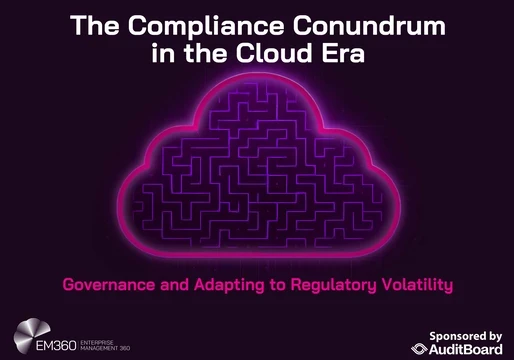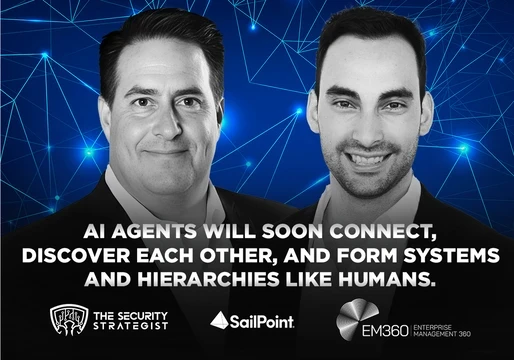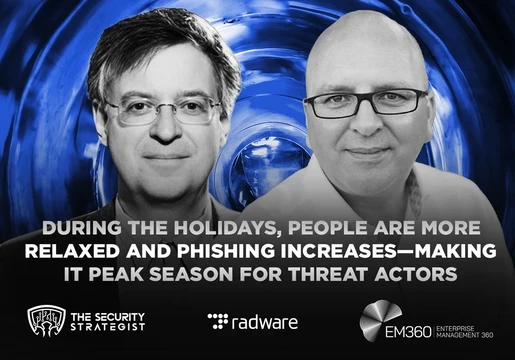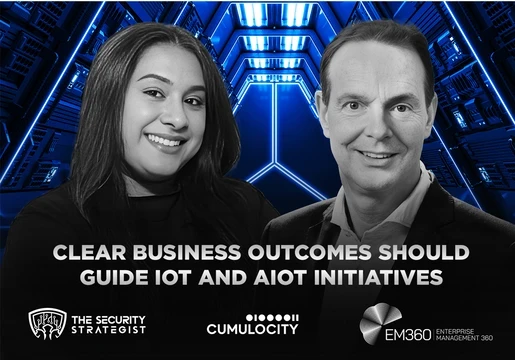The state of cybersecurity is rapidly and constantly evolving, and the future is not necessarily certain. In the first episode of Meeting of the Minds, three leading industry analysts – Christopher Steffen, VP of Research at EMA; Richard Stiennon, Founder and Chief Analyst at IT-Harvest; and Brad LaPorte, Morphisec CMO & Advisor at Lionfish Tech Advisors – along with moderator Evgeniy Kharam, Founder of EK Cyber & Media Consulting, explore the critical challenges and opportunities that will shape the state of cybersecurity in 2025.
They discuss the complex role of AI in security, examining both its potential to enhance defences and the new vulnerabilities it introduces. The experts also tackle the security implications of open-source technologies such as DeepSeek and the ongoing debate surrounding self-regulation within the industry.
A key focus of the conversation is the strategic approach to cybersecurity. The analysts break down the merits and drawbacks of platform solutions versus best-of-breed tools, considering the importance of maturity levels in tool selection and the integration challenges that often follow acquisitions.
The episode also explores the tension between achieving compliance and building a truly secure environment. The panel highlights the importance of moving beyond simply checking boxes and instead focus on developing strong security postures.
Join us for this vital discussion as we navigate the complex sphere of cybersecurity in 2025.
Takeaways
- AI is both a tool and a potential vulnerability in cybersecurity.
- Guardrails are essential to prevent misuse of AI technologies.
- The rapid adoption of AI has outpaced the establishment of security measures.
- Open-source AI models like DeepSeek can introduce significant security risks.
- Self-regulation and testing are critical for organisations using AI as the trustworthiness of AI outputs is a major concern for decision-making.
- Companies should focus on enhancing core capabilities with AI, not just adopting it for marketing.
- Choosing between specialised tools and comprehensive platforms is a key decision for businesses. Companies that rely on platformisation are often doomed to fail.
- Compliance does not guarantee security; many compliant companies have faced breaches.
- Organisations should focus on quick wins in security improvements.
- Training and staffing are crucial for effective tool management.
- The lifespan of a CISO is short; quick gains are necessary.
- Understanding the roadmap of existing tools can prevent unnecessary purchases.
Chapters
00:00 Introduction to Cybersecurity in 2025
02:05 The Role of AI in Cybersecurity
09:49 Vulnerabilities in AI Models
16:04 Open Source AI and Security Challenges
19:59 Best of Breed vs. Platform Solutions
22:34 The Perils of Platformisation
25:05 Maturity Levels and Tool Selection
28:07 Integration Challenges in Acquisitions
34:13 Compliance vs. Security
44:05 Proactive Security Strategies











Comments ( 3 )
Ali Behbehani
13/02/2025
Ridhima Nayyar
07/02/2025
Gisele Gazolli
06/02/2025